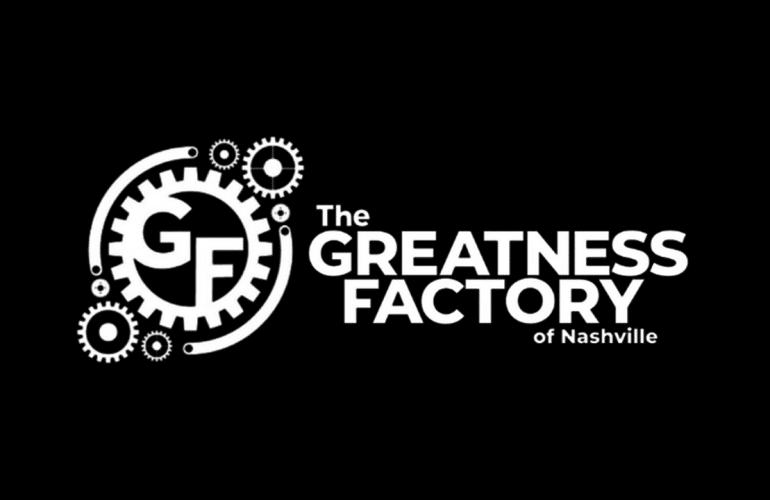Key Takeaways
- AI enhances efficiency in hiring processes but lacks understanding of human nuance.
- AI tools can perpetuate biases if not properly managed or designed with diverse datasets.
- Human judgment is essential for interpreting candidate narratives that AI cannot understand.
- Employing a human-in-the-loop design can ensure better outcomes by combining AI efficiency with human oversight.
- Organizations should focus on ethics and accountability when implementing AI solutions in recruitment.
- Establishing KPIs that measure inclusivity is crucial for equitable hiring practices.
The integration of AI in recruitment has undeniably revolutionized hiring processes, introducing unparalleled efficiency. However, the journey to an inclusive and insightful hiring environment requires more than just technology. This fusion of technology with human involvement holds the key to truly effective recruitment.
The Essence of AI in Recruitment
Artificial Intelligence has dramatically transformed traditional hiring methods. From resume screening to candidate ranking, AI systems promise quicker turnarounds and consistent processes, making them indispensable in today’s fast-paced recruitment landscapes. Yet, this tech-driven efficiency comes with its set of challenges—most notably, the lack of human nuance understanding.
Why Efficiency Alone Isn’t Enough
- Speed and Precision: While AI excels at handling large volumes of data swiftly, it lacks the emotional intelligence necessary to interpret nuances in candidate stories. This incapacity hinders the ability to appreciate personal growth narratives or understand employment gaps effectively.
- Potential for Bias: AI systems that rely on historical data can inadvertently perpetuate existing biases. Consequently, unrecognized patterns may disadvantage candidates from underrepresented backgrounds, underscoring the need for diverse training datasets.
The Critical Role of Human Judgment
Human oversight remains indispensable in AI-driven recruitment. The innate human ability to empathize and contextualize sets apart a robust recruitment process from a purely mechanistic one.
Interpreting Narratives
Human recruiters excel where machines falter—understanding the ‘why’ behind a resume. They discern motivations and challenges reflected in a candidate’s journey, skills honed through unconventional paths, or disruptions due to personal circumstances.
Strategies for Ethical and Bias-Free AI Use
Implementing ethical AI systems in recruitment necessitates conscientious strategies aimed at minimizing biases and optimizing human-computer collaboration.
Key Strategies Include:
- Human-in-the-Loop Design: This approach integrates AI with human oversight for a dual-layer review process. AI flags candidates based on pre-set patterns, while human reviewers critically assess flagged profiles to account for unique personal experiences.
- Inclusive Training Datasets: The effectiveness of AI tools largely depends on their training data. It’s imperative to question vendors about their datasets and ensure they are comprehensive enough to encapsulate diverse backgrounds.
- AI as an Informative Tool: Use AI to identify trends or summarize resumes—not to replace the human decision-making process. An AI system should complement the human hiring team, providing insights rather than final verdicts.
- Empathy-Informed KPIs: Designing KPIs that emphasize inclusivity alongside typical efficiency metrics such as time-to-hire is crucial. Measuring success in recruitment should involve both the quality of hires and the diversity and inclusivity within the pool.
- Regular Audits: Periodic audits of AI systems in recruitment help ensure they operate without reinforcing biases. Monitoring both recommended and excluded candidates regularly will surface trends needing correction.
Blending Technology and Human Touch in HR
The future of HR and recruitment lies in harmonizing the technological prowess of AI with human sensitivity and judgment. Companies that manage this synthesis will likely lead the way in creating workplaces that are not only efficient but also diverse and inclusive.




